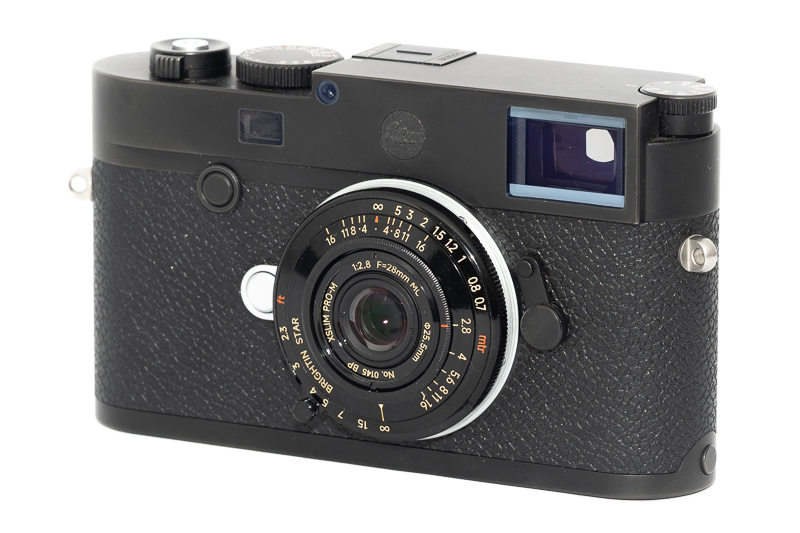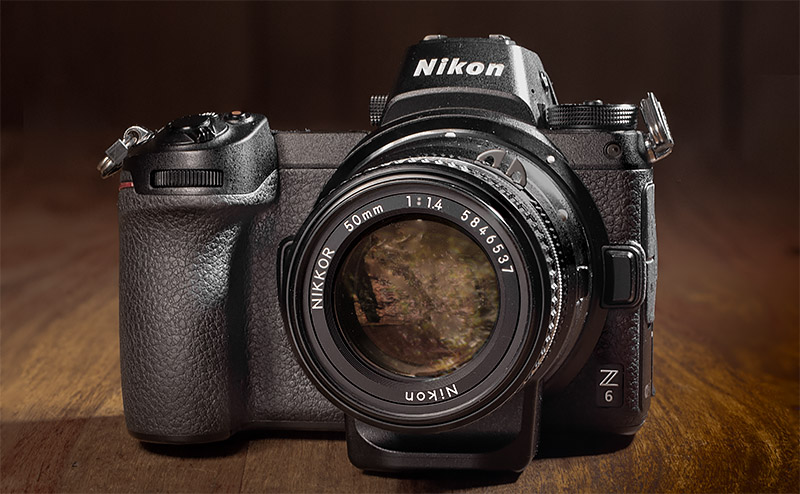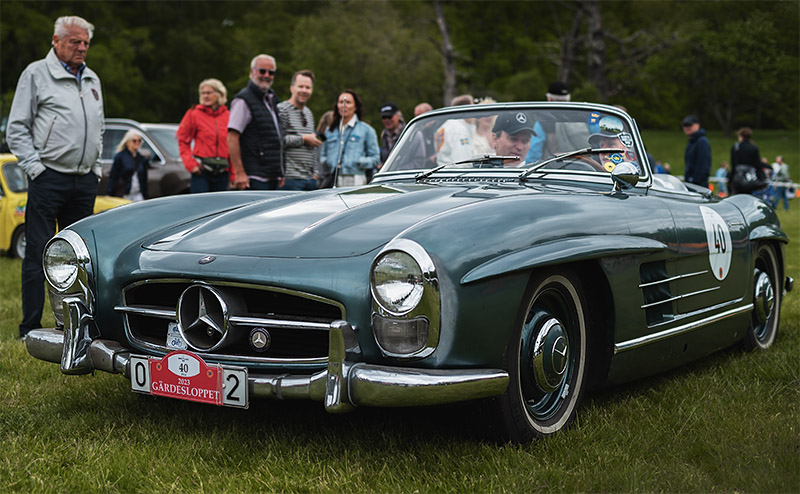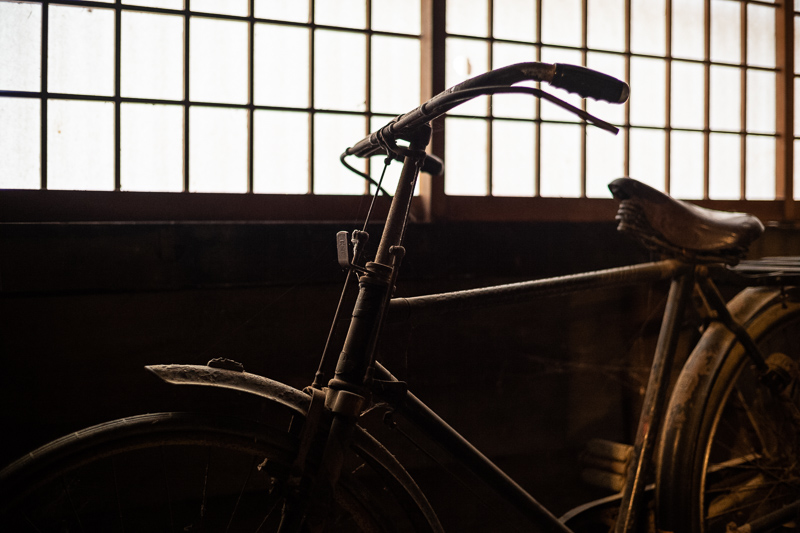Introduction

You probably know by now I have a soft spot for the tiny MS-Optics lenses, but there are two major issues with them: they are expensive and the manufacturing quality sometimes leaves something to be desired.
I was always wondering: what if some other company with better manufacturing capabilities would design lenses just as compact? I even pitched the idea to several manufacturers: without success.
But now Funleader and Brightin Star teamed up to do exactly that with this 28mm 2.8 XSlim Pro-M. It looks just like an MS-Optics lens and I have been very curious about it since I first heard of it.
Lens is being tested on 42mp Sony A7rII and 24mp Leica M10
Sample Images





Continue reading Review: Funleader x Brightin Star 28mm 2.8 XSlim Pro-M

























